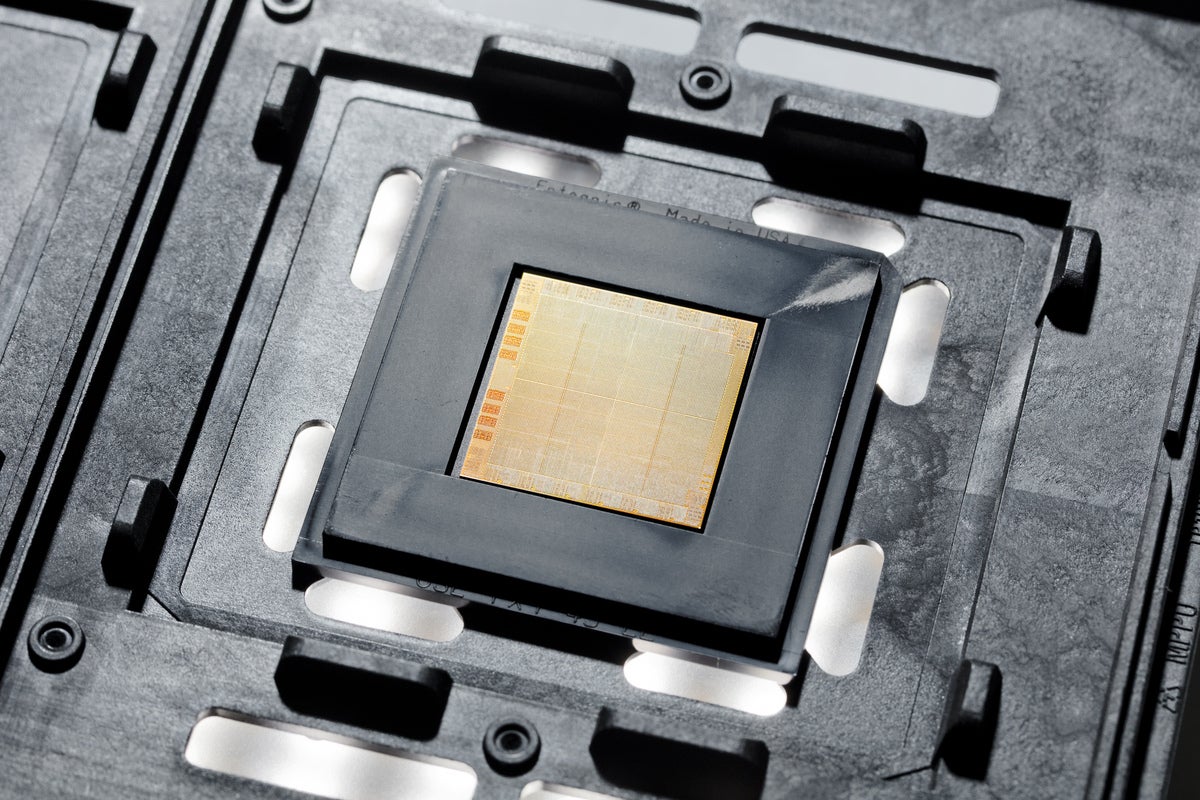- Why I recommend this OnePlus phone over the S25 Ultra - especially at this new low price
- I replaced my laptop with Microsoft's 12-inch Surface Pro for weeks - here's my buying advice now
- This palm recognition smart lock doubles as a video doorbell (and has no monthly fees)
- Samsung is giving these Galaxy phones a big One UI upgrade - here's which models qualify
- 7 MagSafe accessories that I recommend every iPhone user should have
IBM boosts Power CPU core count…for Oracle

Last month, IBM quietly quietly announced it’s planning to release a 24-core Power 10 processor specifically for the benefit of an Oracle database, and Oracle doesn’t know why.
An announcement dated Dec. 13 called “a statement of general direction” detailed IBM’s plans around the Power S1014 server. The S1014 server is a single-socket, 4U rack mounted server with 16 NVMe SSDs and a maximum memory capacity of 64GB. The document said in part:
“IBM intends to announce a high-density 24-core processor for the IBM Power S1014 system (MTM 9105-41B) to address application environments utilizing an Oracle Database with the Standard Edition 2 (SE2) licensing model. It intends to combine a robust compute throughput with the superior reliability and availability features of the IBM Power platform while complying with Oracle Database SE2 licensing guidelines.”
Normally the Power processor in the S1014 has four or eight cores, but IBM intends to increase that to 24, specifically citing the Oracle Database Standard Edition 2 (SE2) licensing model. The SE2 licensing model is on a per-socket basis, and not per core basis. Most enterprise software applications, like VMware, are on a per core basis, but some are per physical CPU.
In the case of Oracle Database SE2, the customer’s license remains the same regardless of the number of cores in the socket. And going from 4/8 cores to 24 cores will be a massive performance boost.
But the 1014 has its shortcomings, such as PCI Express 3 IO and 10GBase-T networking, neither of which is the top end of the performance scale. Servers are coming out now with PCIe 5, which is four times faster than PCIe 3, and 100Gb networking.
The question is, why is IBM doing a favor for its chief competitor in the RDBMS market? Tripling or quadrupling the number of cores in a chip is not trivial and will involve some expense. Does IBM expect to make that money back? Oracle Database SE2 isn’t even Oracle’s top database; the Enterprise Edition (EE) is.
It left Bob O’Donnell, principal analyst at Technalysis Research, also scratching his head. “My guess is that IBM has a bunch of customers who run Oracle databases and they figured this is a relatively easy way for them to offer a best in class, Oracle database solution that gets around these weird licensing issues that all the big SaaS providers have,” he told me.
But he admitted confusion as to why Oracle chose SE and not the EE.
A statement from an IBM representative said “Adding IBM’s existing 24-core dual-chip Power10 processor module to the S1014 system not only provides 3x more core density and compute throughput in a reliable and secure enterprise-grade single socket system but also enables clients to maximize their investment in Oracle Standard Edition 2 (SE2) and other software.”
Which is entirely true, and completely fails to answer the question. IBM declined to comment further.
Oracle, for its part, said that it did not request this core increase from IBM, and for any other questions said “you’ll have to ask IBM.”
Copyright © 2023 IDG Communications, Inc.

